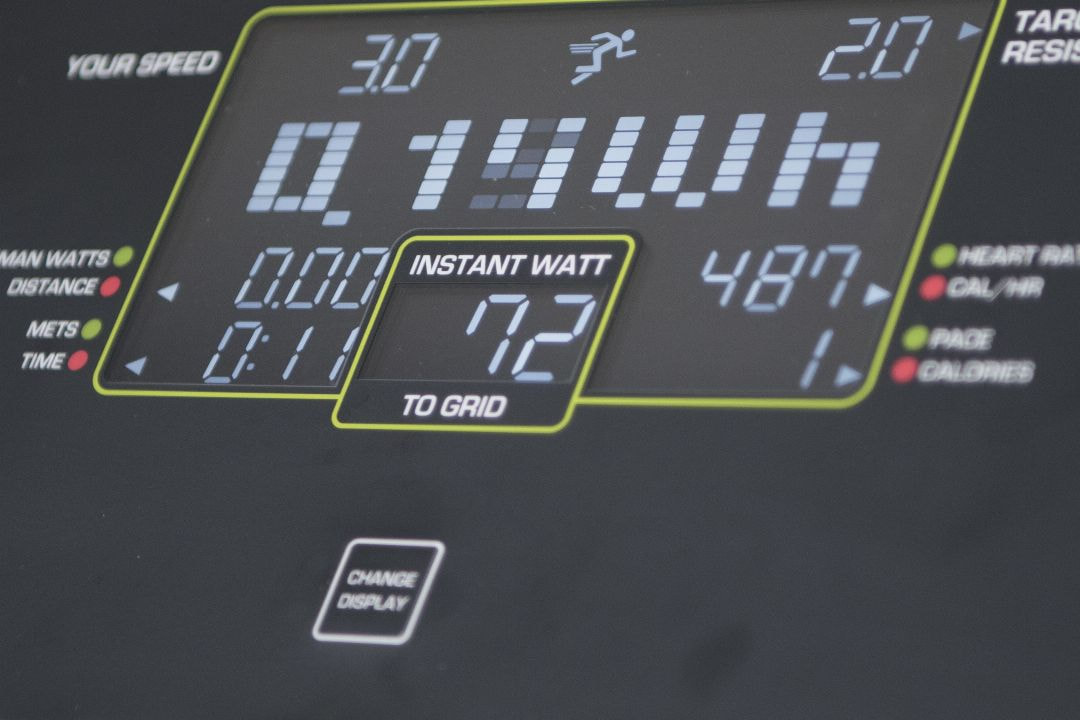|
Understanding the various metrics used in exercise can greatly enhance your training and help you achieve your fitness goals more effectively. In this blog post, we will delve into several commonly used exercise metrics, including watts, METs (Metabolic Equivalent of Task), calories, heart rate, distance, speed, repetitions and sets, time, and rate of perceived exertion (RPE). We will explore what each metric represents, how they can be measured, compare and contrast them, and provide recommendations on how to utilize these metrics to improve your training.
1. Watts: Watts (W) measure the rate at which work is done during exercise. It quantifies the amount of energy expended and is commonly used in activities such as cycling, rowing, and using certain cardio machines. Comparison: Watts provide a direct measurement of power output during exercise, making them highly accurate for tracking progress and setting specific training goals. However, they may require specialized equipment to measure and may not be as familiar to the average exerciser. 2. METs (Metabolic Equivalent of Task): METs measure the energy expenditure of various activities relative to the resting metabolic rate (RMR). They quantify the intensity of an activity by comparing it to the energy expended at rest, where 1 MET is equal to the energy expended while sitting quietly. Comparison: METs offer a practical way to estimate the intensity of various activities without the need for specialized equipment. They are commonly used in exercise guidelines and can help individuals choose activities that align with their fitness goals. However, METs may be less precise than watts and may not account for individual variations in fitness levels. 3. Calories: Calories represent the energy expended during physical activity. They are widely used in fitness trackers, exercise equipment, and weight management programs. Comparison: Calories provide a familiar and easily understandable measurement of energy expenditure. They are widely used in tracking daily activity and can help individuals monitor their energy balance. However, calorie counts can vary depending on factors such as body weight, metabolism, and exercise efficiency. 4. Heart Rate: Monitoring your heart rate during exercise can provide valuable information about your cardiovascular fitness and intensity level. It can help you determine if you are working within your target heart rate zone for optimal cardiovascular benefits. 5. Distance: Tracking the distance covered during activities such as running, cycling, or swimming can help you set distance-based goals and monitor your progress over time. It can also be useful for planning and tracking your training volume. 6. Speed: Measuring your speed can be particularly relevant for activities like running, cycling, or rowing. It can help you gauge your progress and set pace-based goals for specific workouts or races. 7. Repetitions and Sets: For strength training exercises, tracking the number of repetitions (reps) and sets can help you monitor your progress and ensure progressive overload. It can also help you plan and structure your workouts effectively. 8. Time: Keeping track of the duration of your workouts can help you ensure that you are meeting recommended guidelines for physical activity. It can also be useful for comparing the duration of different activities and planning your training schedule. 9. Rate of Perceived Exertion (RPE): RPE is a subjective measure of how hard you feel you are working during exercise. It can be a useful tool, especially when other metrics like heart rate or power output are not available. RPE can help you gauge your effort level and adjust your intensity accordingly. Utilizing Exercise Metrics for Training Improvement: To make the most of these exercise metrics, here are some recommendations for the average exerciser: 1. Set specific goals: Use watts, METs, heart rate, distance, speed, repetitions and sets, time, or RPE to set specific training goals based on your fitness level and desired intensity. Gradually increase the metrics to challenge yourself and improve your fitness. 2. Track progress: Utilize the metrics to track your progress over time. This can help you identify improvements, adjust your training, and stay motivated. 3. Mix it up: Use a variety of metrics to diversify your exercise routine. Aim for a mix of activities with varying intensities, distances, speeds, or training volumes to challenge different muscle groups and improve overall fitness. 4. Seek professional guidance: Consult with a fitness professional or trainer who can help you understand and interpret these metrics in the context of your specific goals and abilities. They can provide personalized recommendations and help you optimize your training. Conclusion: Understanding exercise metrics such as watts, METs, calories, heart rate, distance, speed, repetitions and sets, time, and RPE can provide valuable insights into your training and help you optimize your workouts. By setting goals, tracking progress, and seeking professional guidance, you can utilize these metrics to improve your training and achieve your fitness objectives more effectively. Remember, consistency and enjoyment are key to long-term success in any exercise regimen.
0 Comments
Leave a Reply. |
AuthorDamian Solorzano is Health and Wellness Influencer, Respiratory Specialist and Health Coach who is passionate about optimizing personal health. Categories
All
Archives
March 2024
|

 RSS Feed
RSS Feed